Trippy Tattoo Ideas for Women
Meaning of Trippy Tattoo for Women Tattoos
- Trippy style tattoos are known for their vibrant colors, surreal imagery, and psychedelic patterns, often inspired by the 1960s counterculture.
- For women, trippy tattoos can symbolize a free spirit, creativity, and a connection to the psychedelic art movement.
- These tattoos often incorporate elements like swirling patterns, optical illusions, and dreamlike scenes, making them visually captivating.
- Culturally, trippy tattoos draw from the psychedelic art movement, which was heavily influenced by the use of hallucinogenic substances and the quest for expanded consciousness.
- Historically, the trippy art style emerged during the 1960s and 1970s, a time of social change and artistic experimentation.
- Trippy tattoos can also represent a personal journey or transformation, reflecting the wearer's unique experiences and perspectives.
- This style is popular among those who appreciate bold, unconventional art and wish to express their individuality through body art.
- While trippy tattoos can be placed anywhere on the body, they are often seen on areas like the arms, back, or thighs, where the intricate designs can be fully appreciated.
- The choice of a trippy tattoo can also be a nod to the wearer's appreciation for music, particularly genres like psychedelic rock, which shares a similar aesthetic.
2,496 Tattoo Ideas




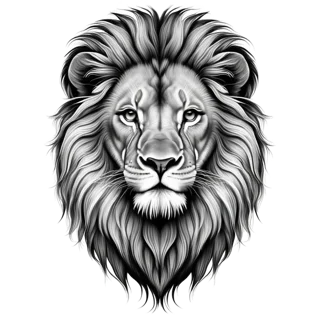








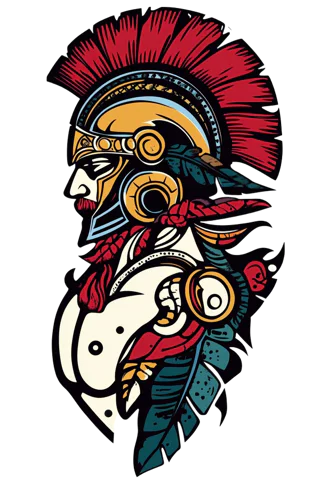

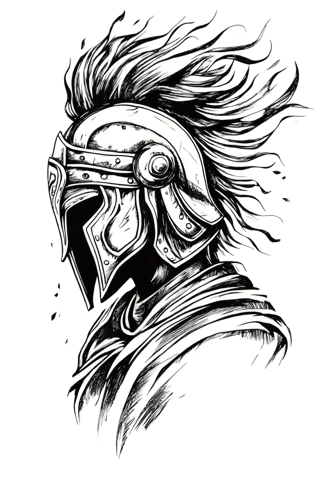

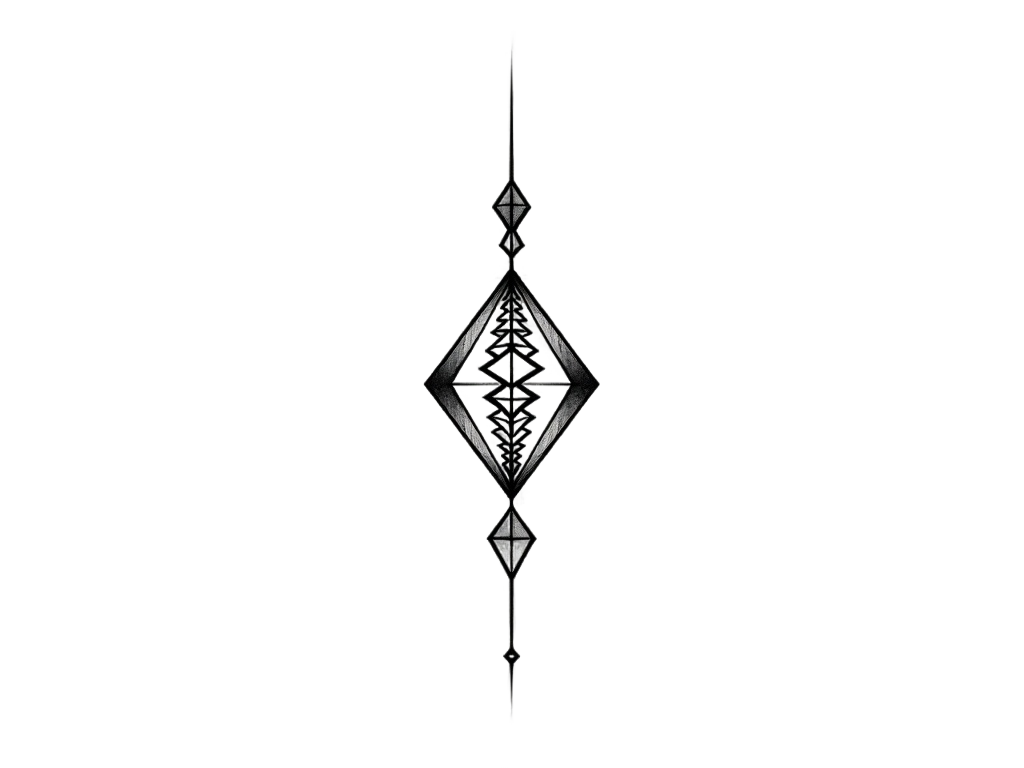
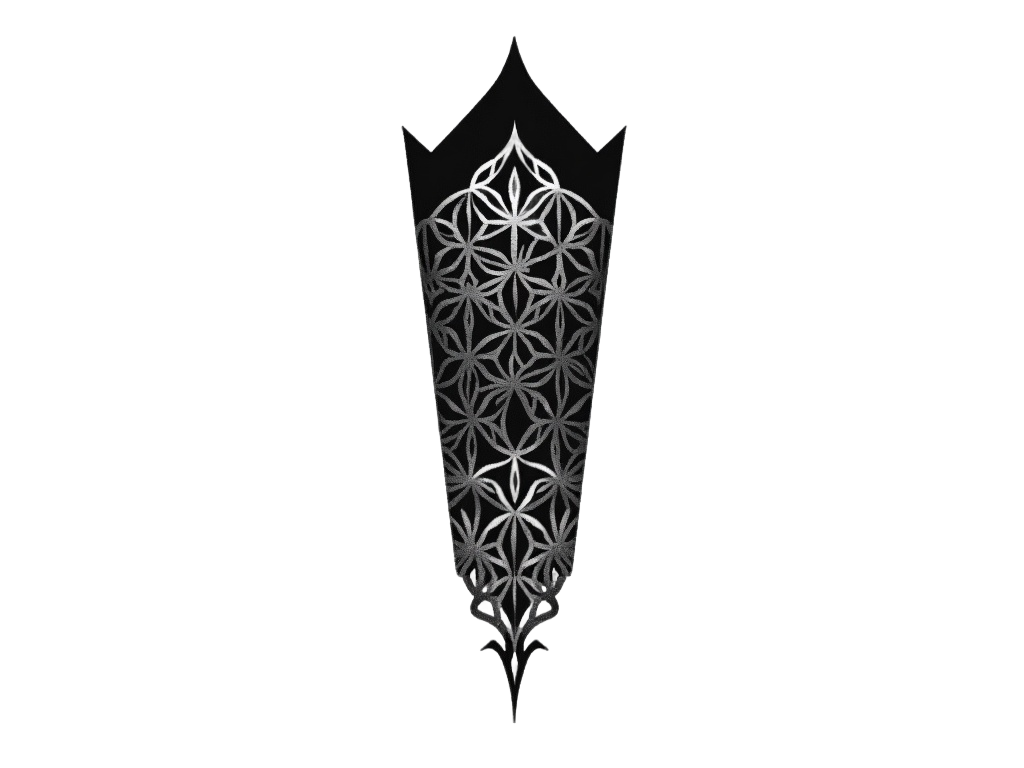
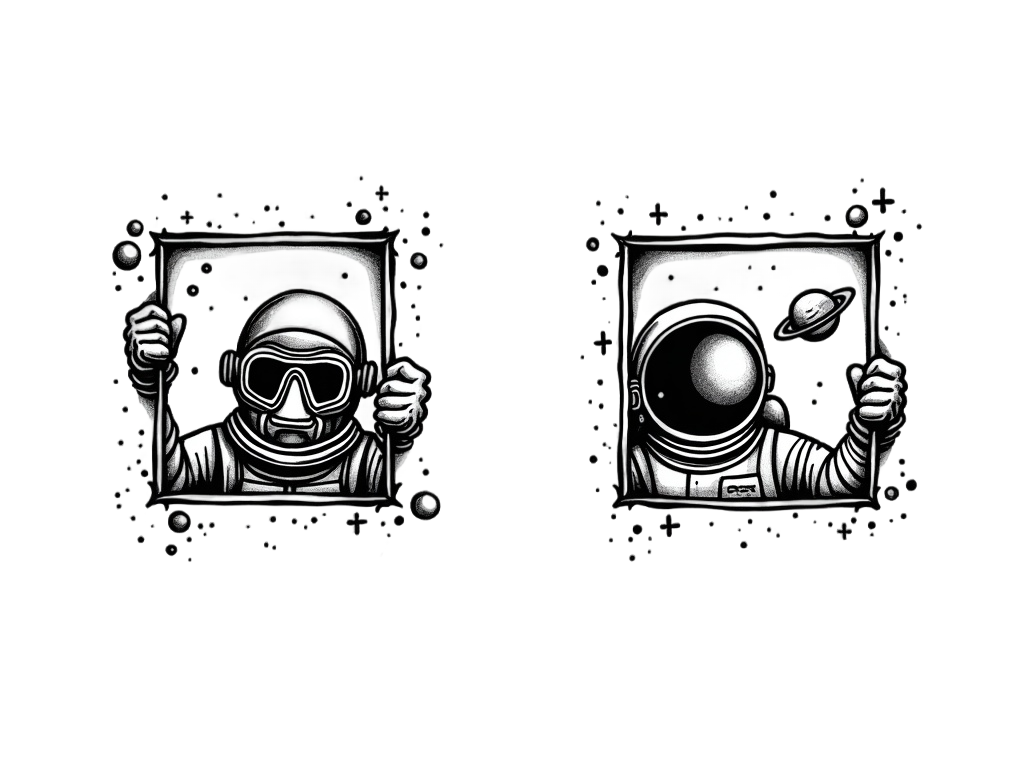
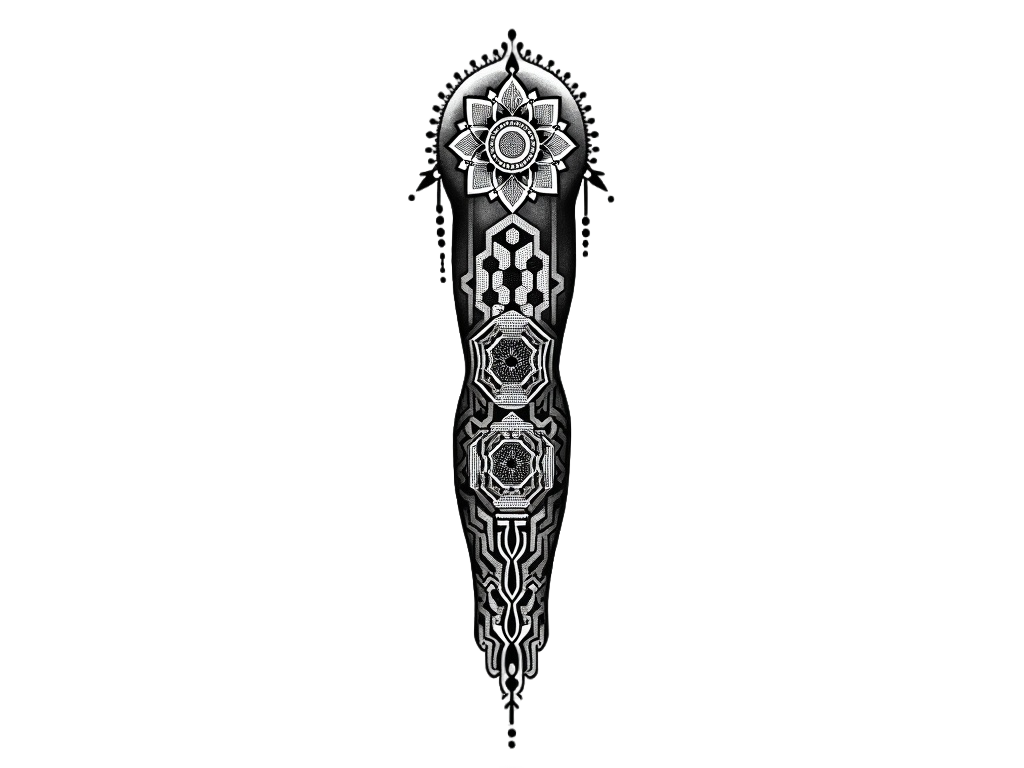

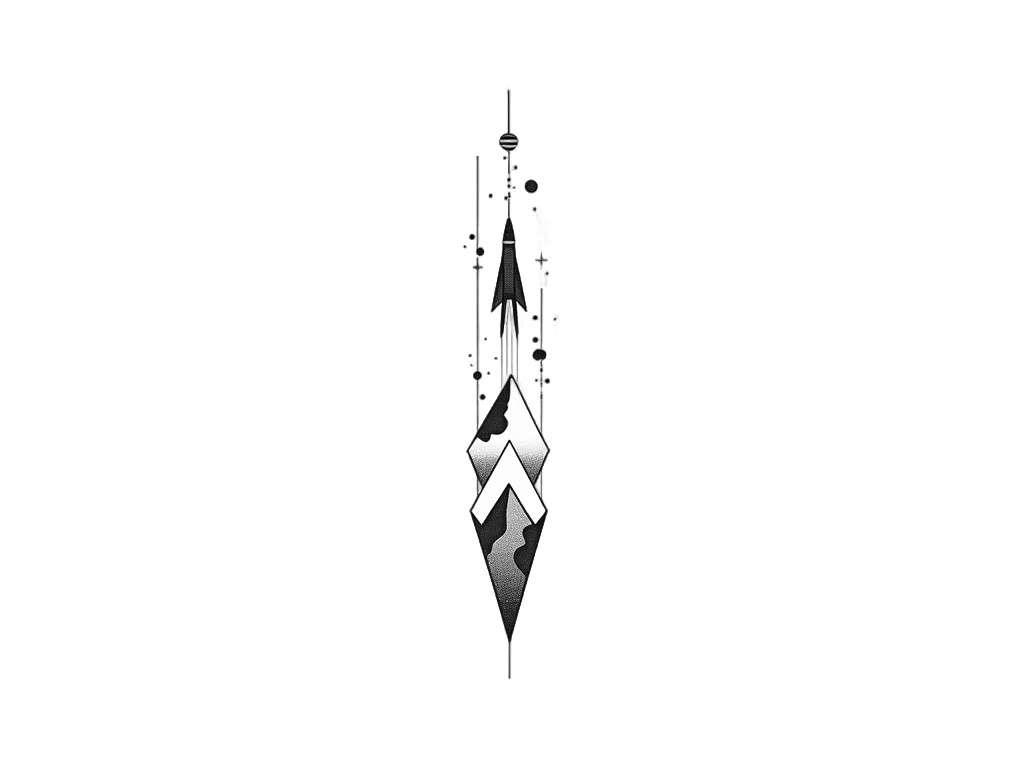
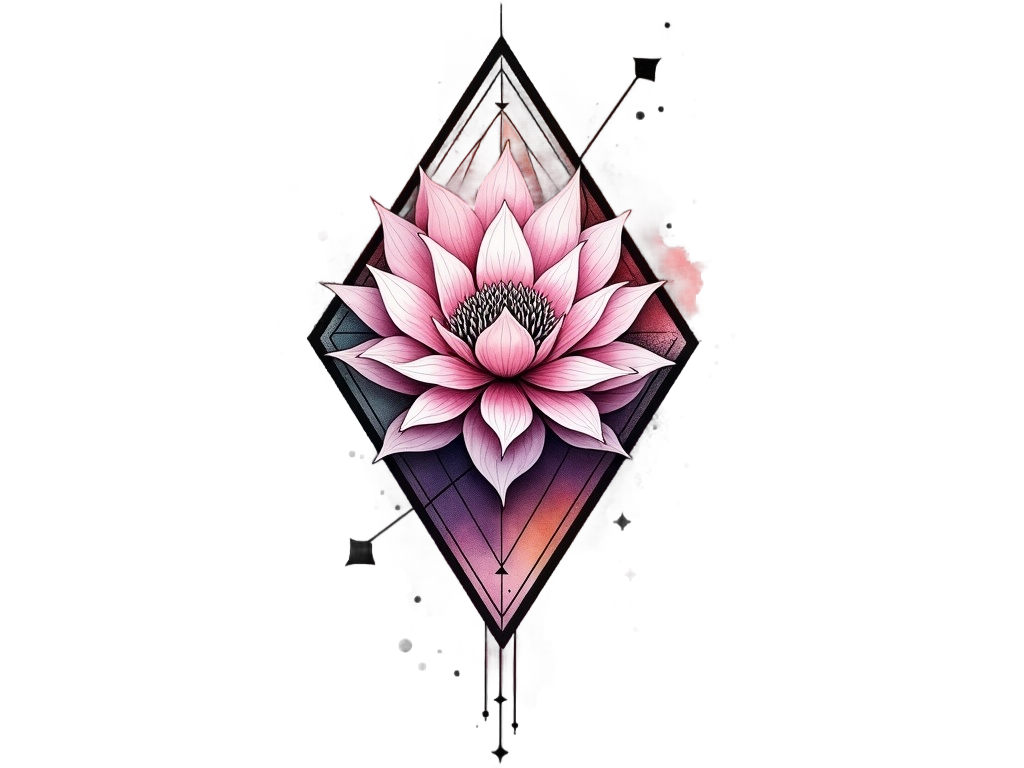
See Your Design On Your Body
With the virtual try-on feature, you can realistically see how any design looks on your body. Save screenshot and share with your tattoo artist!



Cultural Considerations and Taboos for Trippy Tattoo for Women Tattoos
While trippy tattoos are generally well-received in many parts of the world, there are cultural sensitivities to consider. In some conservative societies, tattoos, in general, might be frowned upon or associated with rebellion and non-conformity. Additionally, the psychedelic imagery often associated with trippy tattoos might be linked to drug culture, which could be a sensitive topic in regions with strict drug laws or where drug use is heavily stigmatized. It's important to be mindful of these associations and consider the cultural context when choosing a trippy tattoo design.
Popular Tattoo Styles and Variations for Trippy Tattoo for Women Tattoos
Trippy tattoos can be executed in various styles, each offering a unique take on the psychedelic theme. Popular styles include:
- Psychedelic Art Style: Featuring swirling patterns, optical illusions, and vibrant colors that mimic the visual effects of psychedelics.
- Surrealism: Incorporating dream-like elements and bizarre juxtapositions to create a sense of unreality.
- Abstract: Using non-representational forms and colors to evoke emotions and thoughts.
- Neo-Traditional: Combining traditional tattoo elements with modern, psychedelic twists.
- Dotwork and Linework: Utilizing intricate patterns and fine lines to create depth and texture, often in monochrome or limited color palettes.
Historical Origins and Evolution of Trippy Tattoo for Women Tattoos
The trippy style has its roots in the psychedelic art movement of the 1960s, which was heavily influenced by the counterculture and the widespread use of psychedelic substances like LSD. Artists like Peter Max and the creators of concert posters for bands like The Grateful Dead and Jimi Hendrix popularized this style, characterized by vivid colors and surreal imagery. Over time, this aesthetic found its way into tattoo art, appealing to those who resonate with its themes of exploration, freedom, and breaking away from societal norms. While the style is relatively modern, it draws inspiration from older art forms, such as Art Nouveau and Surrealism, which also explored themes of fantasy and altered perception.

